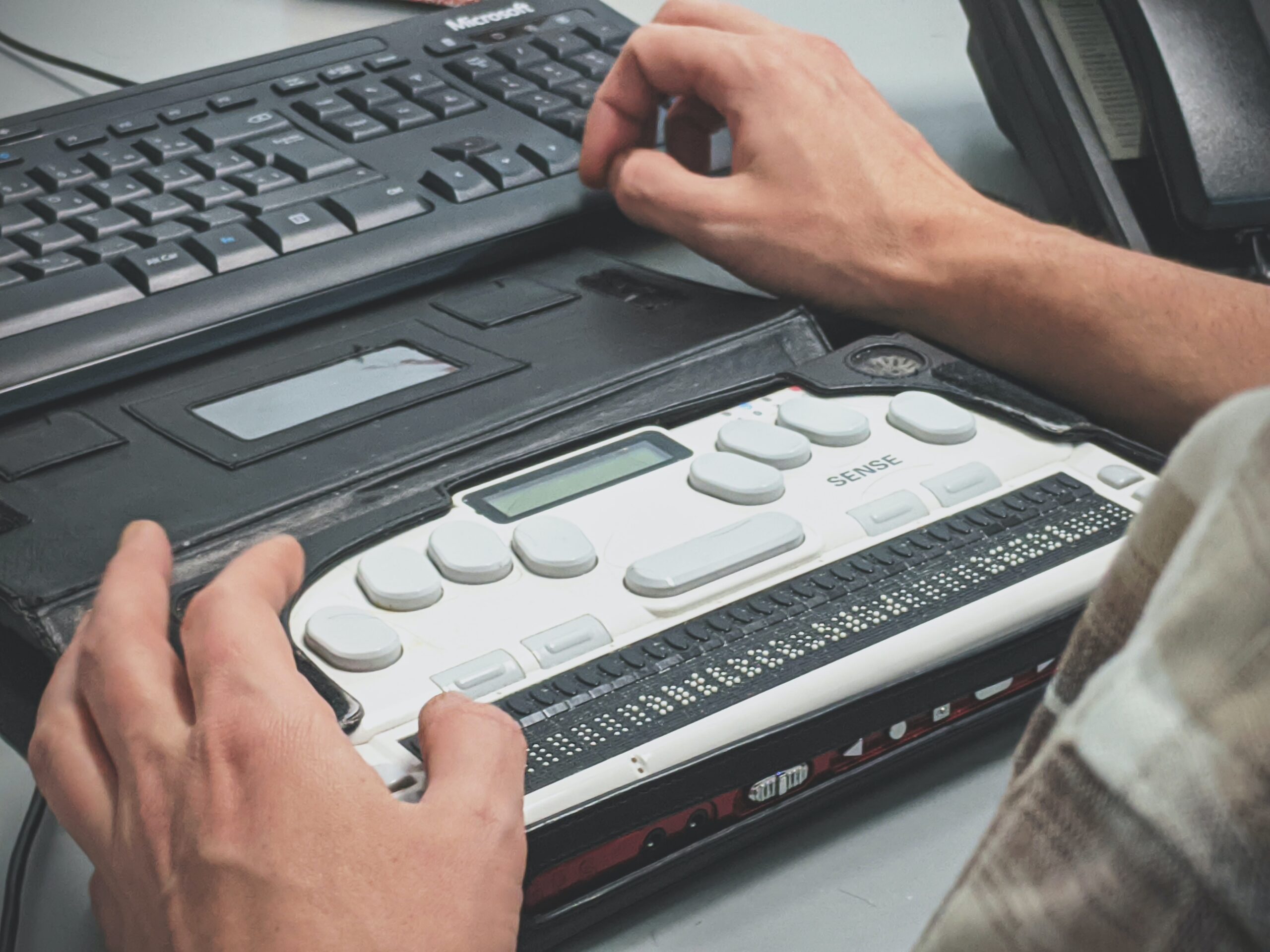I wrote a few weeks back about our plans to develop an Inclusion Strategy and wanted to give you an update on a few things that we’ve been up to in the meantime. As I mentioned then, there are lots of things that we can’t do because of our small size, but I really want to focus today on some of the things we CAN do, even as a really tiny brewery.
Most of these are things that we should always have been doing (and aren’t specific to the brewing industry), but sometimes we just need a moment to pause and really think about the impacts we have on the people we encounter and, perhaps more importantly, the people we don’t encounter because they don’t feel like a brewery, bar, pub or club is an inclusive environment.
We’ve identified that our online presence could be more inclusive by being more accessible to people with disabilities and to neurodiverse people. We know that there are many people who need websites to be easy to read and that a lot of people rely on screen readers to tell them the information that’s on websites.
At the same time as we signed up to Work In Progress, we were also planning a new website for the brewery. Within a couple of weeks, we should be ready to launch our new website. As we’ve been putting it together, we’ve been thinking very carefully about how we can make it accessible – this involves some give and take because things that are accessible to one person might be inaccessible to others. Therefore, we’ve had to balance out everything to try to find a middle ground that works for as many people as possible.
Luckily for us, much of this has already been thought through in the Web Content Accessibility Guidelines (WCAG), which provide suggestions for how to make websites more accessible. Many websites adopt these guidelines, but there are many that don’t. We already do quite a lot of the things mentioned in the guidelines, but we’ve not yet sat down and formally gone through them against our website.
The things we’ve considered so far in creating the new website are:
- Background colour, text colour and the contrast between them
- Fonts, including both the style and the size
- Alt text for images
- Using plain English with short paragraphs (I really need to work on this one!)
- Testing it with a screen reader app, to make sure it makes sense when the app is used
Many of the WCAG principles are built into the template we’re using for the new website, but in the coming weeks (before and after launch), I’ll be working through the WCAG to assess whether we have any significant accessibility gaps. Then, I’ll make the necessary adjustments to the website to address those gaps.
We are certain that we won’t have this perfect straight away (or perhaps ever), but we are committing to try to make our website as accessible as we can. We are also committing to making our other online presences (such as social media) as accessible as we are able to – a lot of that is outside our control, but we can do things like adding alt text to images where that functionality is available.
We’ll be posting more about our Inclusion Strategy in future blog posts and we’ll put the pieces of our Inclusion Strategy on our Inclusion page as we build them.

